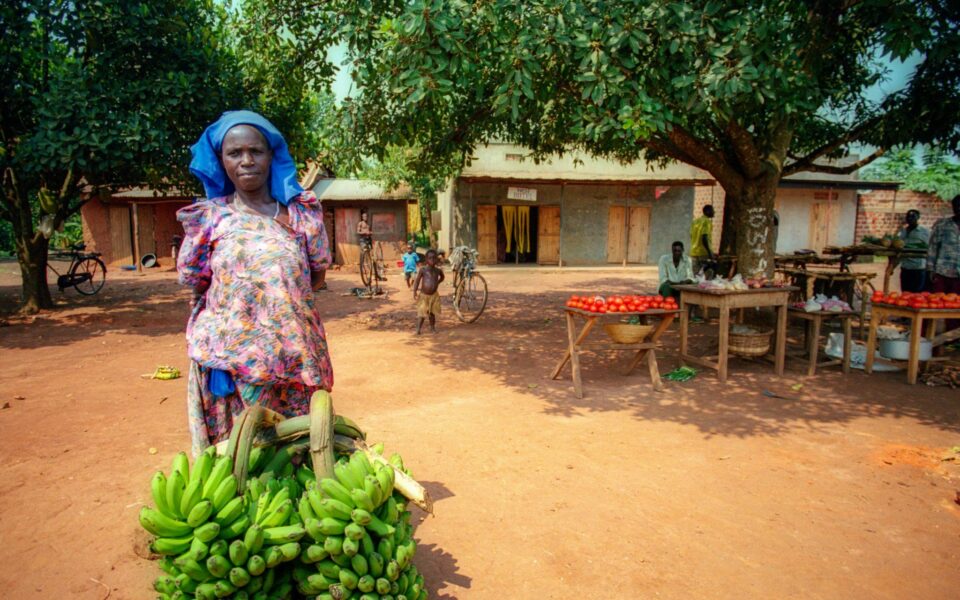
Roots, tubers and bananas in Central Africa are well suited for climate change
By determining the suitability of crops in specific locations, researchers can provide advice like planting dates and variety selection so that farmers can mitigate the impact of climate change.
As the Great Lakes Region of Central Africa becomes hotter and wetter, root, tuber and banana crops (RT&B crops) will continue to be suitable for the region. A study recently published in Agricultural Systems concludes that future rainfall and temperature shifts due to climate change will be somewhat favorable to RT&B crops in the region apart from potatoes.
“There’s little doubt these days that our climate will be quite different in the future,” said Rhys Manners, a data scientist based in Kigali, Rwanda IITA and co-author of the study. “This study aimed to find out how these changes will impact the suitability of certain crops in specific regions, by mid-century.”
By determining the suitability of crops in specific locations, researchers can provide advice like planting dates and variety selection so that farmers can mitigate the impact of climate change. The data can also help decision-makers plan long-term strategies and policies.
The study used modelling to analyze the future impacts of climate change on crop suitability of RT&B crops in the Great Lakes Region (GLR) of Central Africa. The GLR consists of seven countries (Burundi, the Democratic Republic of the Congo, Kenya, Malawi, Rwanda, Tanzania, and Uganda) that border the African Great Lakes.
The study focused on four RT&B crops: banana, cassava, potato, and sweetpotato. They contribute up to 47% of daily caloric intake in the GLR. RT&B crops are critical for household food security and livelihoods in the GLR where smallholder farming systems are largely based on these crops. The potential impact of climate change on the livelihoods of these farmers can be devastating if a proactive approach isn’t implemented.
“We know that RT&B crops have a potential resilience to climate change,” said Manners. “Some have high drought stress tolerance and can thrive under high temperatures. But compared to other crop groups, we’re not certain how they will perform under the projected climate change in the GLR.”